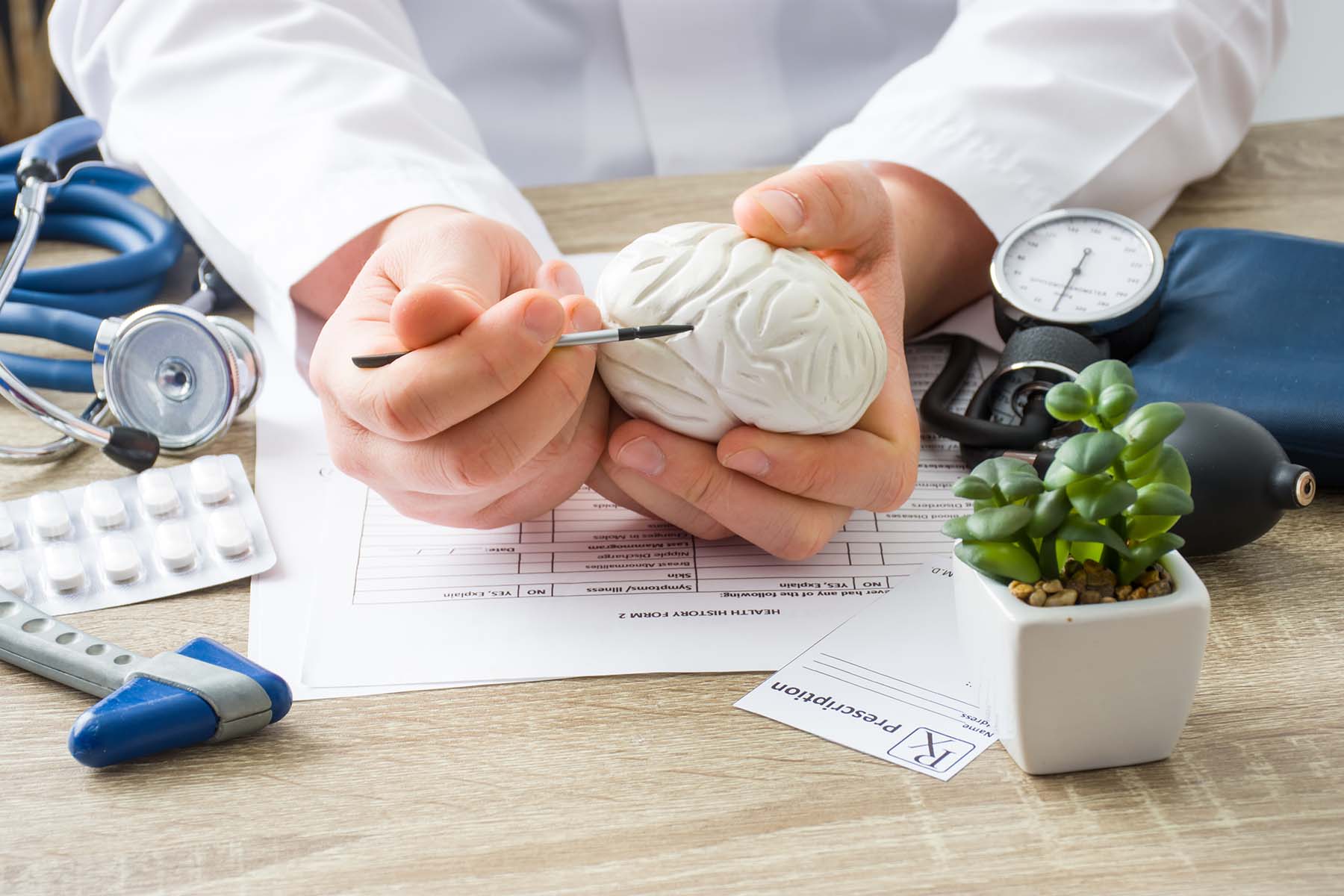Strokes: What are the Facts?

While stroke is not the leading cause of death, the life-threatening medical condition is still all-too-common in the United States, occurring almost 800,000 times each year and leading to 140,000 deaths, according to the Stroke Awareness Foundation.
Unfortunately, the other common thing about stroke is the misconceptions that surround the disease. Jose G. Romano, M.D., a neurologist with the University of Miami Health System, responds to a few common falsehoods about strokes.
Myth: Strokes only happen to older people.
Fact: A cerebrovascular accident or stroke is not something that just happens to the elderly. While the risk of one can increase with age, they can happen at any age, including in infants, children and young adults. In 2019, the World Stroke Association said that 63% of them occurred in people younger than 70.
“Florida has one of the highest rates of stroke-related mortality, particularly in middle age and younger adults,” says Dr. Romano.
Myth: Strokes are always fatal.
Fact: Strokes can be life-threatening, but not all strokes are fatal. With prompt medical attention, many people can recover from a stroke and return to their normal activities.
Myth: Nothing can be done once you have had a stroke.
Fact: Timely treatment of stroke is highly effective. This may include the administration of medications to disrupt and dissolve blood clots or the insertion of a catheter into a brain vessel to extract the clot, but these treatments need to be performed as soon as possible after the onset of symptoms.
“Our UHealth team of expert cerebrovascular specialists provide state-of-the-art treatments during an acute stroke and provide care to ensure the best recovery and to prevent new strokes,” says Dr. Romano.
Myth: There is nothing you can do to prevent a stroke.
Fact: There are many steps you can take to reduce your risk of stroke, such as maintaining a healthy diet and exercise routine, quitting smoking, managing blood pressure and cholesterol levels and managing underlying health conditions such as diabetes and atrial fibrillation.
Myth: I can wait to see if the symptoms of stroke resolve themselves.
Fact: During a stroke, 1.9 million brain cells die every minute. Therefore, it is imperative to seek emergency medical attention by calling 911 if the symptoms of stroke develop. In addition, after transient symptoms, also called a transient ischemic attack, there is a high risk of developing a new stroke in the next hours to days.
By understanding the facts and dispelling common myths, we reduce the risk of stroke and improve outcomes for those who experience a stroke.
“We have effective treatments for stroke, but they are only effective if they are administered early after stroke symptoms onset,” says Dr. Romano. “Recognizing stroke symptoms and calling 911 are key factors.”
- Stroke symptoms occur suddenly. The most common symptoms include the inability to move one arm or leg, inability to feel one side of the body, inability to speak clearly, droopiness of one side of the face and loss of vision on one side.
- If stroke symptoms occur, call 911 without delay.
- Stroke is largely preventable. Good control of blood pressure and cholesterol levels, regular exercise and a healthy diet, treatment of diabetes, sleep apnea and atrial fibrillation, as well as tobacco cessation are effective in preventing a stroke.
“Some individuals have residual weakness, difficulty with walking, difficulty with speech and communication and cognitive deficits as a consequence of a stroke,” says Dr. Romano.
“Our team of stroke rehabilitation experts (physiatrists, speech, physical and occupational therapists, neuropsychologists) work closely with our stroke neurologists, vascular neurosurgeons and neurointensivists to provide comprehensive team-based approaches to ensure the highest level of neuro-recovery.”
Story compiled by Wyatt Myers and Izabela Boss. Medically reviewed by Dr. Jose Romano.
